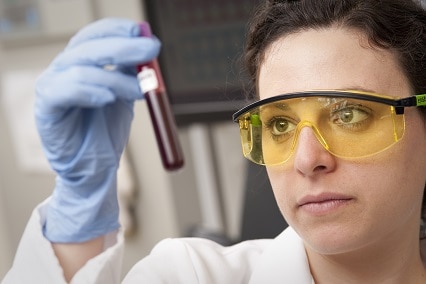
Drugs later in development ‘winning the race to market’
pharmafile | November 4, 2015 | News story | Research and Development | R&D, drug approval, drug development, market exclusivity
Nearly all later entrants to drug classes were in clinical testing or regulatory review before first-in-class approval, according to the pharma industry research.
The research, which looked at more than 40 drug classes including biologics, found that between 2005 and 2011, 90% of all later-in-class drugs had at least initiated Phase I clinical testing or had filed an investigational new drug application with the FDA before the US regulator approved the first-to-market drug in its class.
The analysis, by the Tufts University centre for the study of drug development in Boston, found drug companies are in competitive development races to be first to market.
The figures also show that marketing exclusivity periods for pharmacologic classes have been shortening during the last two decades. Half of all competitive products within a pharmacologic class, for classes where the first compound was approved in the 1998-2011 period, launched within 2.7 years after the first-in-class approval. That timeframe shrank to 2.3 years between 2005 and 2011.
Other findings from the studies in the latest Tufts CSDD Impact Report include:
• 83% of all later-in-class drugs had at least initiated Phase II clinical testing abroad or in the United States prior to US marketing approval for the first-in-class drug.
• All later-in-class drugs had a patent filed somewhere in the world before the first-in-class drug was approved in the US; 96% had a US patent filed before first-in-class approval.
• More than half of all later-in-class drugs received a ‘priority rating’ from the FDA.
• Researchers also noted that development of the first-in-class drug often started later than competitive drugs in the same class.
Joseph DiMasi, research associate professor and director of economic analysis at Tufts CSDD, says: “The bottom line is that development of drugs in pharmacologic classes is best characterised as a highly risky competitive race among manufacturers that occurs before regulatory success for any drug in the class has been established.”
A recent R&D report by Tufts CSDD found the drug development process “remains highly inefficient and fraught with delays and rising costs.”
“Drug development cycle times have not gotten faster, costs continue to increase, and drug development has become riskier than ever. Only 11.8% of products that enter clinical testing receiving regulatory approval, about half the rate of the 1990s,” says Ken Getz, associate professor and director of sponsored research at Tufts CSDD.
He adds: “The pay-off for companies that can reduce clinical time and cost is potentially large. For example, that a 10% improvement in cycle time and success rates can shave $634 million off the total capitalised cost of $2.6 billion required, on average, to bring a new drug to market.”
Lilian Anekwe
Related Content

Evotec and Dewpoint Therapeutics enter strategic partnership
Evotec and Dewpoint Therapeutics have announced a strategic R&D collaboration for the advancement of Dewpoint’s …

BMS shares new research and development plans at the company’s R&D day
Bristol Myers Squibb (BMS) recently held a Research and Development (R&D) Day in New York, …

Lonza to acquire Synaffix to strengthen ADC development
Global manufacturer for the pharmaceutical, biotech and nutraceutical markets, Lonza has announced that it has …








